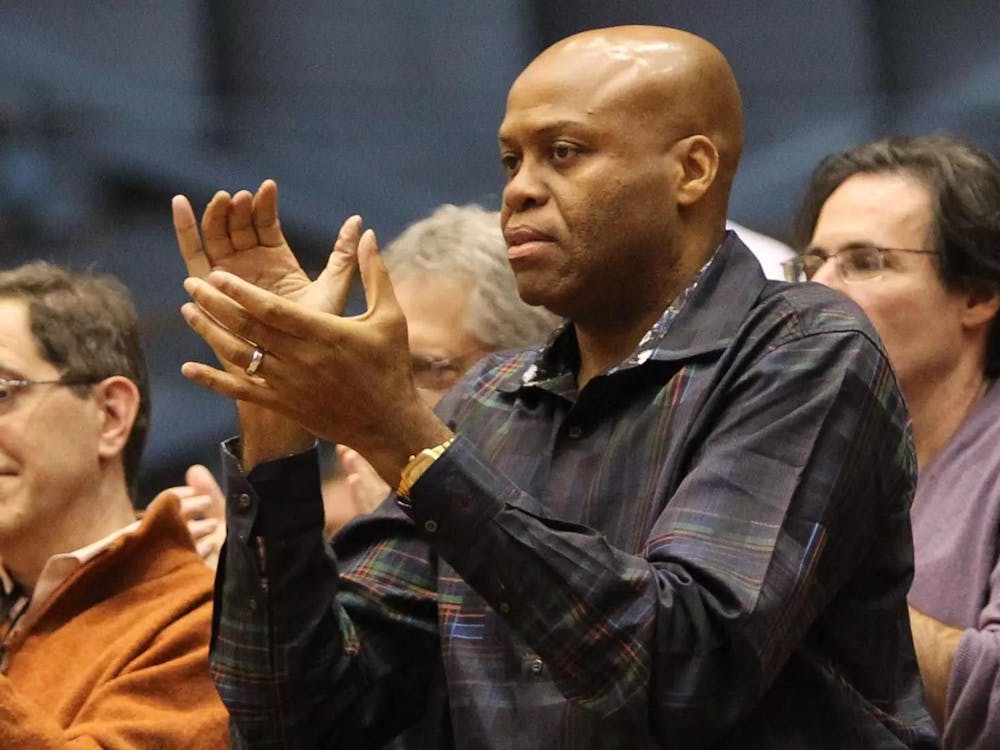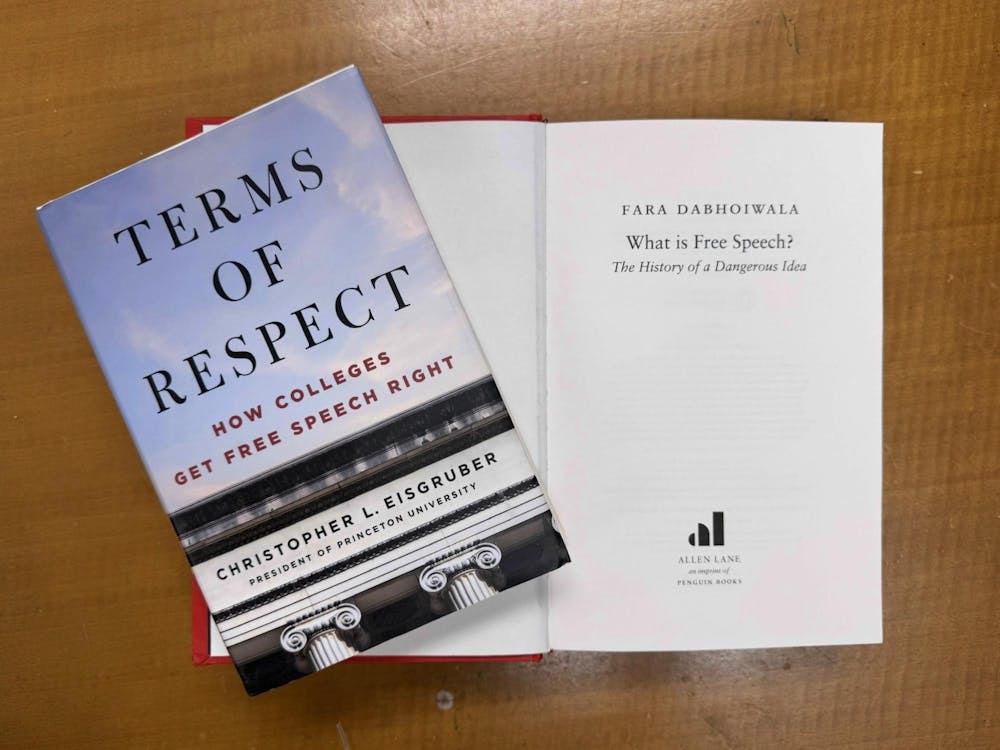The program combines traditional civil engineering coursework with liberal arts classes to broaden students’ education to include topics they might not otherwise have had the chance to explore, program director and CEE professor George Scherer said, explaining that “we have a lot of students who have interests that go beyond conventional engineering careers.”
Students in the program are still required take a total of 36 courses and fulfill the eight math and basic science requirements dictated by the engineering school. Participants must take a minimum of six CEE courses, with three of those courses at the 300 level or above and one with a lab.
What differentiates the Engineering and Liberal Arts program from the other tracks in CEE is that students’ elective courses can be taken in a wider range of departments but must form a coherent sequence of study.
Victoria Hewitt ’11, who is in her first year in the program, is taking two CEE courses, a religion seminar, a British history class and a course on entrepreneurship.
“I thought [the program] would give me more flexibility in choosing classes,” Hewitt said. “I thought it’d give me a better balance between engineering and liberal arts as well.”
Career paths
The Engineering and Liberal Arts program suits students with future career interests beyond engineering, Scherer explained.
“A person might be interested in structural [engineering] ... but not really have the intentions to be a practicing engineer to work for a design firm,” he said, adding that “their time could be better spent if they could take more courses in the Woodrow Wilson School or something like that.”
Megan McNall ’08 GS was originally in the CEE department’s structural engineering program when she did field research on materials science and art conservation in Scherer’s lab the summer after her sophomore year. That experience, combined with her strong interest in art and architecture, led her to switch to the liberal arts program, she explained.
McNall noted that the program allowed her to take architecture and language classes along with other, more technical engineering courses.
“It was really like a custom-tailored education,” she said.
McNall is currently pursuing her Ph.D. in building and object conservation in the CEE department. She said she intends to eventually work for a museum such as the Metropolitan Museum of Art or a conservation institution such as The Getty Trust in Los Angeles.

She explained that some of the courses she would have had to take as a structural engineer would not have been useful for her intended career path.
“I would have had so many technical classes that were required,” she said, adding that “I was able to take classes that were really helpful to me.”
Potential drawbacks
Students in the Engineering and Liberal Arts program graduate with a civil engineering degree but, unlike students in other programs, they are not certified by the Accreditation Board for Engineering and Technology, Inc. (ABET).
ABET accreditation is important to potential employers such as design firms, Scherer explained. He added that “depending on where you’re going to end up, the requirements from ABET might or might not be relevant to your career goals.”
Thomas Maltbaek ’11, who is in the CEE department’s environmental engineering program, said that lack of ABET accreditation is what turned him away from the liberal arts program.
Andres Moreno ’10, a former CEE concentrator now majoring in sociology, said he was initially attracted to the program because “a conventional engineering major seemed too specific.”
Moreno switched out of the liberal arts program to the Architecture and Engineering program once he learned the former did not offer ABET accreditation.
Still, the program attracts students whose main priority is tailoring their courses to their needs.
Hewitt said the lack of accreditation was a drawback of the program, but “for me at least the tradeoffs are worth it.”
Alison Carey ’11, whose interests include environmentalism, public policy and urban dynamics, said she was excited when she learned about the program.
“Now I can follow my passion and devote my time to things that really interest me,” she said.







